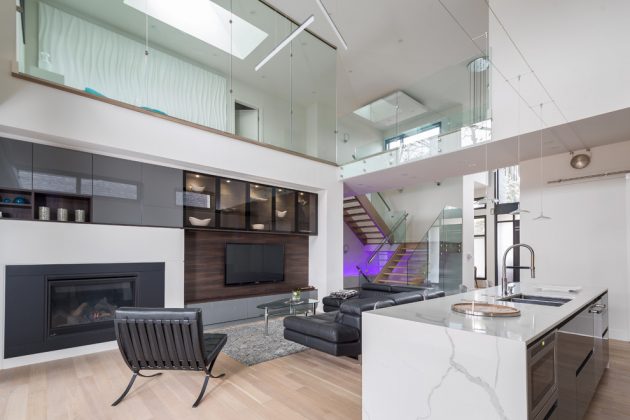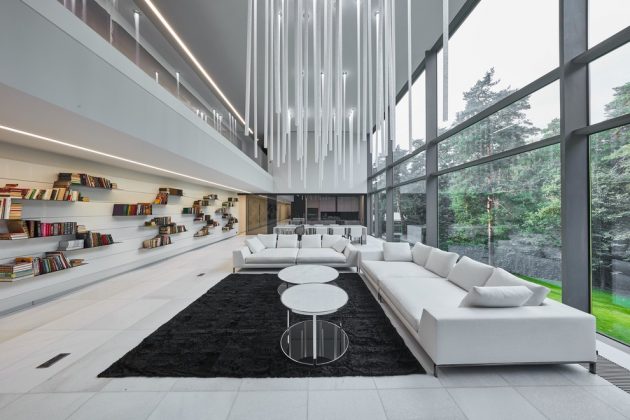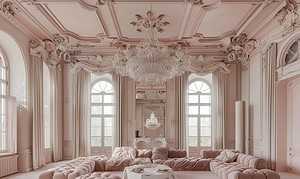Whether it’s furniture, paint colors, or finish materials, certain aspects of interior design get all of the attention and focus. But there’s more to designing an aesthetically pleasing house than just slapping some paint on the walls and buying a couple trendy pieces of furniture.
The Role of Lighting in Interior Design
Lighting is generally an afterthought – at least for the average homeowner. But when you look at the bigger picture and understand how various elements work together to create a cohesive design experience, it becomes evident that light does more than simply overcome darkness. It actually has a profound influence on the design of each and every room and space in your house.
“Without proper lighting, interior architecture cannot be experienced to the fullest,” the ANJ design firm explains. “Good lighting assures a warm, inviting and functional atmosphere in your home. Hence selection of proper lighting is the key element in interior design as it enhances everything in a room – from the furniture, flooring, fittings to the finishes and textures.”
There are generally three types of lighting used in interior design: ambient, accent, and task. Each has its own function and – when layered in conjunction with one another – can enhance both the design and utility of the space being illuminated.

4 Lighting Design Tips
In order to achieve the exact design look you want in your home, you have to stop thinking about lighting as merely a practical way of illuminating dark spaces. Instead, see it as a crucial component of your overall interior design.
The following tips will get you thinking strategically about lighting design:
1. Mix it Up
Too often, you’ll see homes where all of the lighting is the same – both in terms of the type of fixture and the placement. There’s nothing egregious about this, but it doesn’t do any favors to the overall interior design. It’s helpful to mix things up.
“Variety [is the secret to a beautifully lit living room,” lighting designer Melanie Freundlich explains. “The key is to have a range of lighting heights and locations. You don’t want to have only table lamps or only floor lamps with light all on one level. Instead, have a mix that includes a light on top of a shelf and something low, like a glowing cube on the floor—which also adds a nice, contemplative touch.”
2. Work With Natural Light
Natural lighting is an important element of lighting design that doesn’t get nearly the priority that it should. By paying attention to natural light sources and working with them, you can make spaces feel bigger than they are.
When it comes to working with natural light, it’s important to pay attention to the light source (or at least the point of entry into the home). Your selection of blinds, for example, can make a huge difference. Vertical blinds have larger slats and are much wider than horizontal blinds, so they block more sunlight. Thinking about details like this is what takes a lighting design project to the next level.
3. Make it Versatile
The more versatility you can introduce into your lighting design, the better. One way to do this is by incorporating dimmer switches in areas that get lots of traffic and use – such as the kitchen and living room.
4. See Your Home in the Best Light
Compelling interior design requires more effort and strategy than simply choosing some colors and buying furniture. The secret to developing an aesthetically pleasing look that’s simultaneously functional and practical is to pay attention to details like lighting. In doing so, you’ll maximize the other elements of your design efforts and enjoy your home to the fullest.















